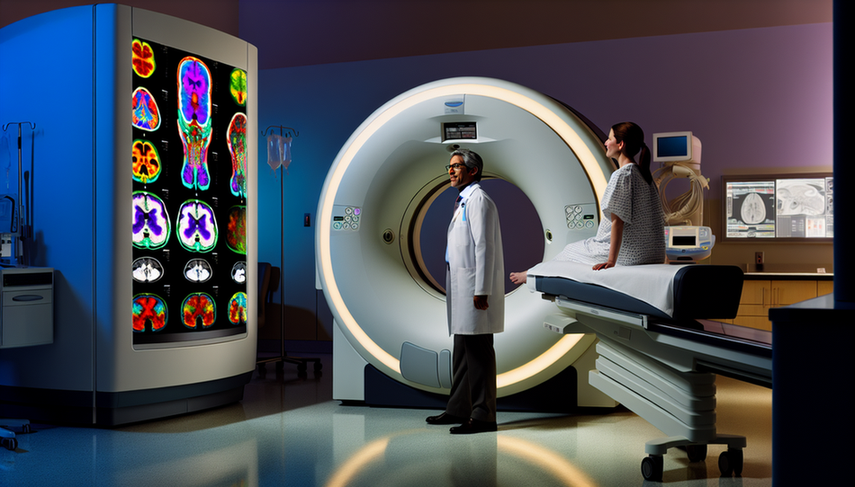Scintigraphy and Nuclear Medicine: The Role of PET-CT in Functional Studies

Scintigraphy and nuclear medicine have revolutionized the way we approach functional studies in medicine. In this context, PET-CT technology (Positron Emission Tomography combined with Computed Tomography) has established itself as an essential tool for evaluating various pathologies, providing both structural and functional information in a single examination.
Diving Deeper into the Role of PET-CT
PET-CT has proven invaluable in the assessment of well-differentiated neuroendocrine tumors, as highlighted in the use of 68Ga-DOTATATE PET/CT for the management of these tumors. This technique allows for a non-invasive evaluation of tumor heterogeneity, which is crucial for personalized patient management [1].
Moreover, advancements in molecular imaging have expanded the applications of PET-CT, enabling not only the assessment of tumor size but also the acquisition of data on pathophysiology, receptor expression, and tumor metabolism [2]. This is particularly relevant in the context of personalized medicine, where the ability to quantitatively map tumor heterogeneity can guide specific therapeutic interventions.
In the field of pediatric oncology, PET-CT has found significant applications, as seen in the use of 68Ga-DOTATATE PET for the diagnosis and evaluation of pediatric pheochromocytomas and paragangliomas [3]. This technique not only aids in staging and treatment response assessment but also determines suitability for targeted radiotherapy.
Conclusions
PET-CT has established itself as a fundamental tool in nuclear medicine and functional studies, offering a unique combination of structural and functional data that are essential for modern clinical management. Its ability to provide detailed information about tumor biology and other complex medical conditions makes it an indispensable component of current medical practice. As technology continues to advance, we are likely to see an even broader and more sophisticated use of PET-CT across various areas of medicine.
Referencias
- [1] Neuroendocrine Tumor Diagnosis and Management:68Ga-DOTATATE PET/CT
- [2] Advances in PET imaging of cancer
- [3] 68Ga-DOTATATE PET and functional imaging in pediatric pheochromocytoma and paraganglioma
Created 23/1/2025
